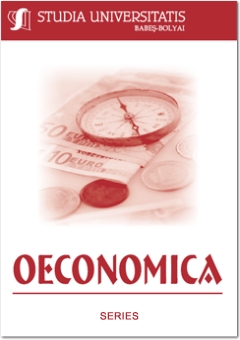CAPITAL STRUCTURE THEORIES: A CRITICAL APPROACH
CAPITAL STRUCTURE THEORIES: A CRITICAL APPROACH
Author(s): Gabriela BrendeaSubject(s): Economy
Published by: Studia Universitatis Babes-Bolyai
Keywords: capital structure; trade-off theory; pecking order theory; agency theory; market timing theory.
Summary/Abstract: This paper reviews the most important theories of capital structure, specifying the practical implications, as well as the strengths and weaknesses of these theories. Each theory is briefly described and some critical comments on the empirical implications are made. Both classical and modern theories of capital structures are discussed in terms of contributions they make to the field of corporate finance, as well as problematical issues such as unsolved explanations and conflicting results. The review highlights the fact that there was a transition from Modigliani and Miller’s (1958) irrelevance proposition to the modern theories (i.e., trade-off theory, pecking order theory, agency theory, market timing theory) which postulate that the market value of the firm is dependent of the firm’s debt ratio, because of the existence of taxes, financial distress costs, agency costs, information asymmetry and market imperfections on the financial market (Baker & Wurgler, 2002; Jensen & Meckling, 1976; Modigliani & Miller, 1963; Myers, 1984).
Journal: Studia Universitatis Babes Bolyai - Oeconomica
- Issue Year: 56/2011
- Issue No: 2
- Page Range: 29-39
- Page Count: 11
- Language: English

